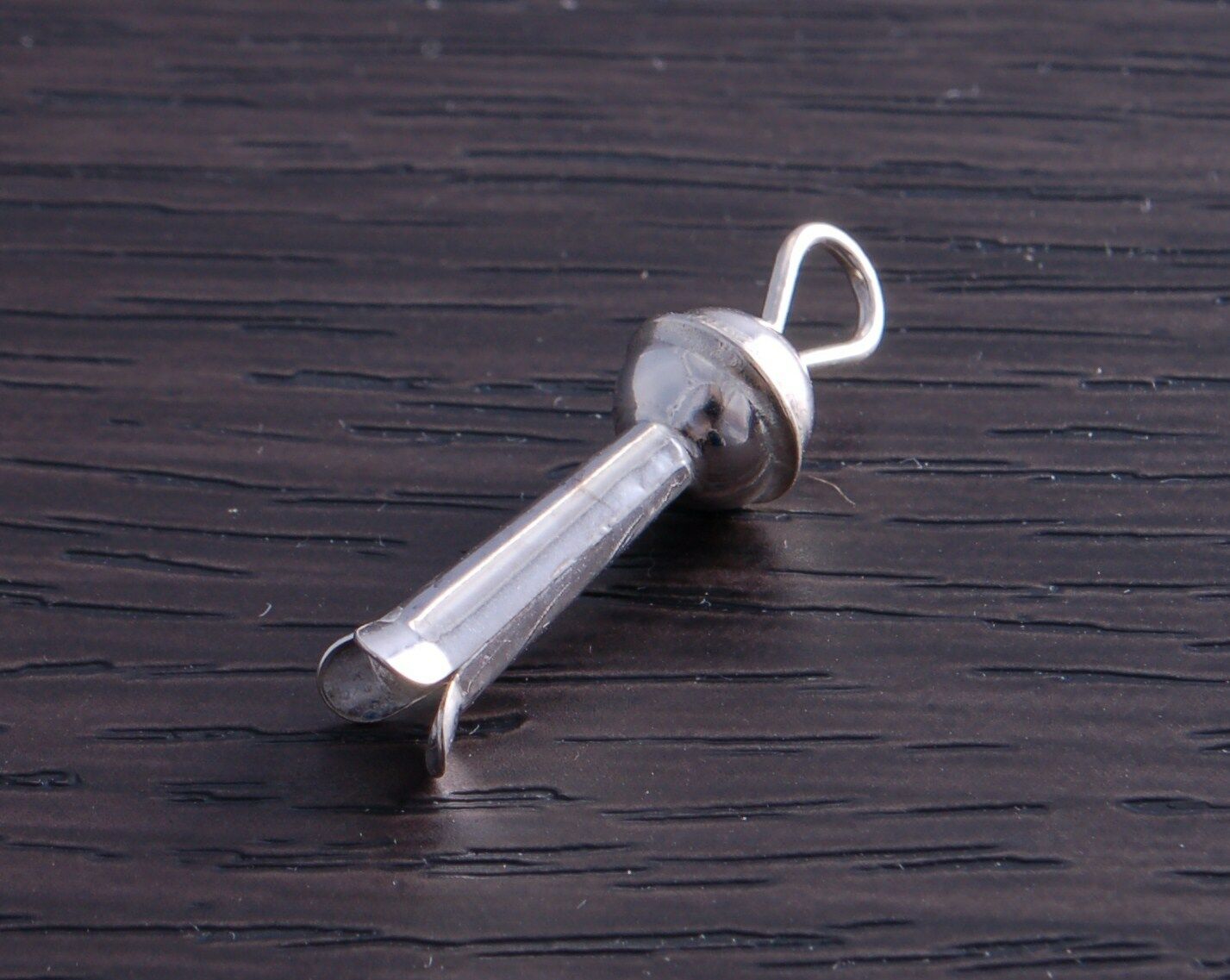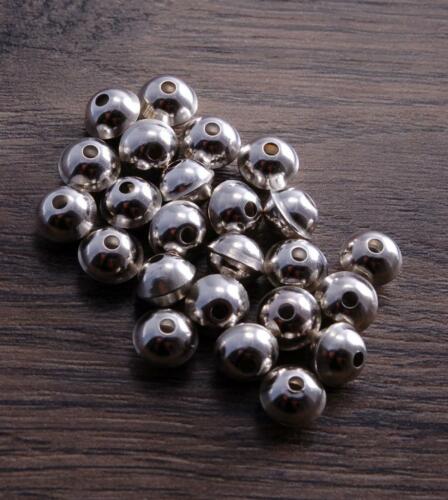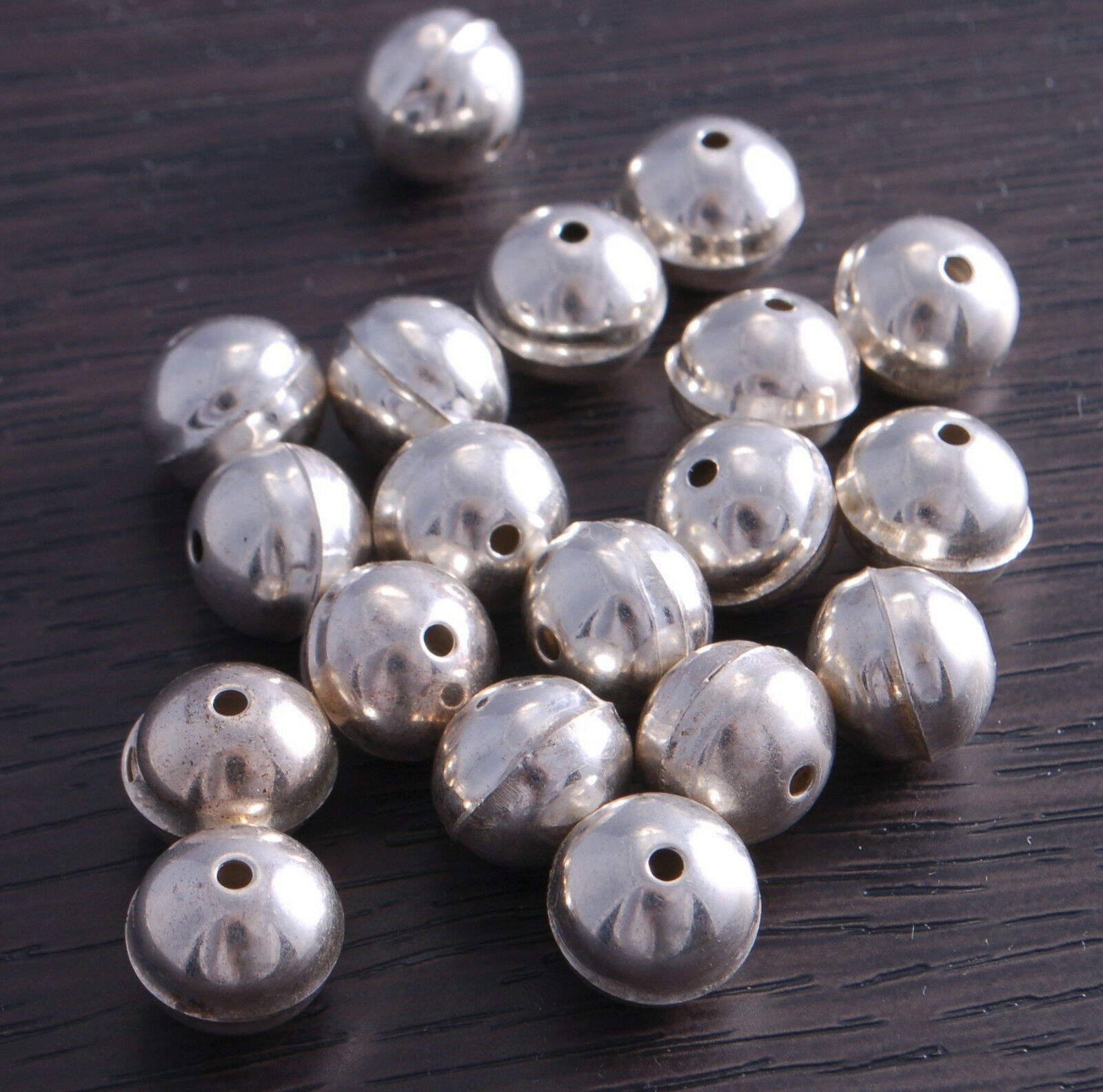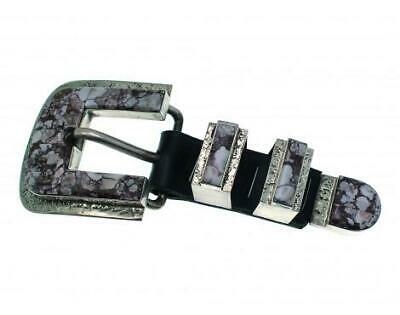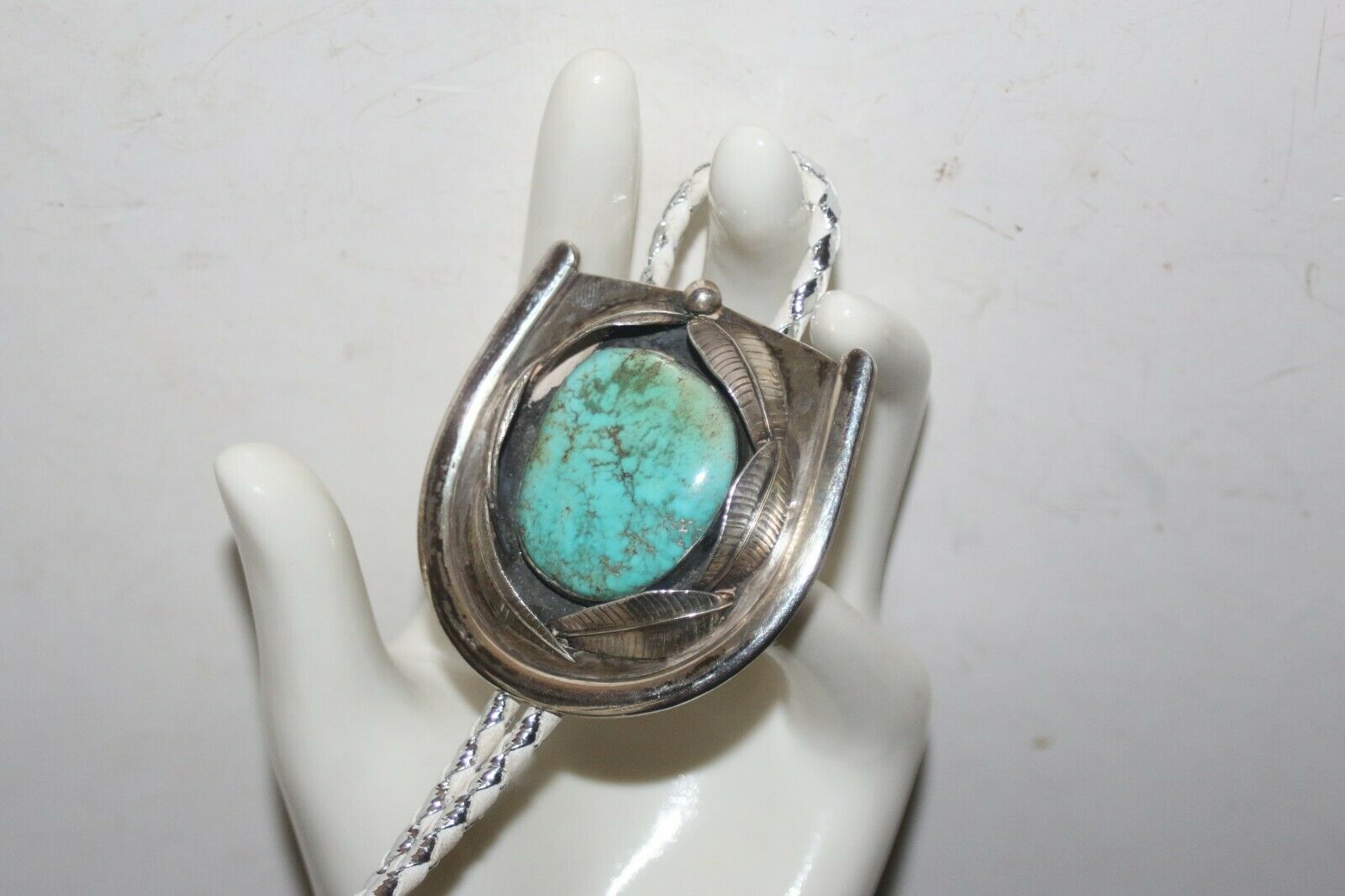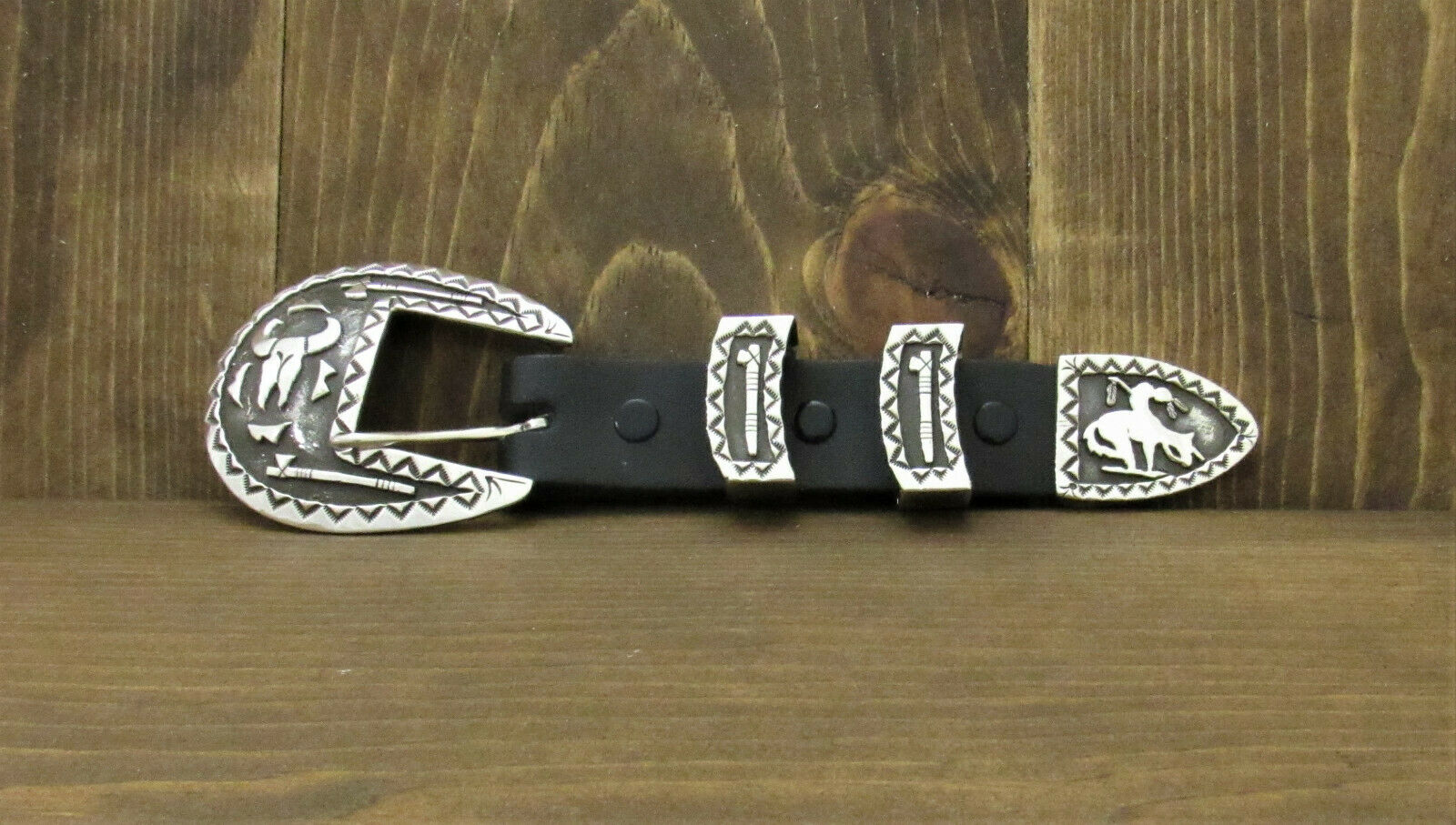-40%
Signed Antique AMBROSE ROANHORSE or AMBROSE LINCOLN Navajo BELT BUCKLE. Sterling
$ 335.28
- Description
- Size Guide
Description
Ambrose Roanhorse (1904-1982) and Ambrose Lincoln (1917-1989) were contemporaries. They both instructed in traditional jewelry making at the famous Santa Fe Indian School, and they both worked for C.G.Wallace at his famous trading post at Zuni. Roanhorse was born with the last name "Roans" but he and his brother changed their names to "Roanhorse" some time after 1938, after which Roanhorse used a stamp with an "A" and an "R" forming the legs of a horse. For some years "scholars" said they were the same person, jumping to conclusions as they tend to do. ("Here is an old record of two men named 'Ambrose' working for Wallace in the 30s. It must be the same guy." But people who knew them both, particularly Roger Skeets, Sr. AND Jr., have testified that they were different smiths. Once the scholars found that out, they decided that all the jewelry with the mark this one uses - a keystone or broken arrowhead with an A inside - must be Lincoln and not Roanhorse, and that everybody who thought they had a Roanhorse piece with that mark was wrong, "Because we are scholars and know better.". It seems to me that this is another jump to another conclusion. In the 30s and 40s, very few Navajo pieces were marked. It was only when traders told the Indians that the Anglos had the peculiar custom of placing more value on who made a thing than on how good it was, and that they might get higher prices if the items were marked, that hallmarks became common. It seems just as likely to me that when Roans changed his name and obviously his stamp, he may have given the stamp to his colleague. He wasn't using it. Stamps are hard to make. And only the Anglos (and maybe future scholars) were interested anyhow.I bought it from a knowledgeable trader who knew the story, the controversy, and his trade.
It is a great piece of Navajo silversmithing. It is out of the ordinary. The raised design is unusual, and appears to have been sand cast, then attached to the silver plate background. Designs into the raised design with chisel and stamps. The underside of the buckle has raised sides, a channel for the belt, and a support for the guide bar. The channel is 1.3/16" wide between the walls of the channel for a 1 inch belt. Buckle is 2.3/8" long. 36 grams. Cleverly made to take any length of belt.











